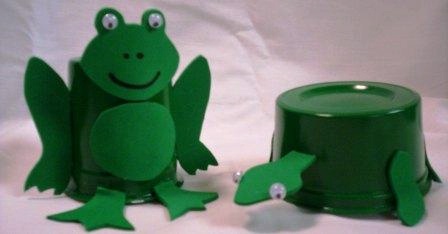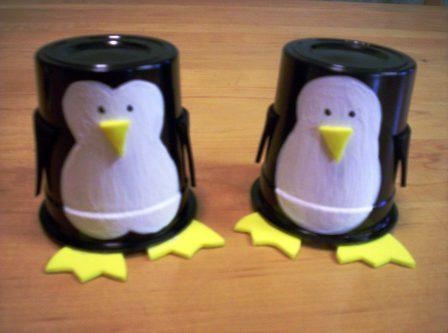Focus on Homework
Homework time can be a struggle for many students. Often the struggle stems from disorganization and not having the needed supplies on hand. A special homework space will keep all the supplies in one location and ease the transition into homework time. Stock a homework center with these essentials to help your child stay focused and organized.
Large table or desk : Ideally, you would have a separate desk for your child, where supplies are stored. However, a kitchen table will work as well. Just keep the supplies close at hand in a storage box. Any large table or desk with plenty of space for spreading out books and papers will work well; a small computer desk will not. When buying a computer desk that will be used at homework time, look for one that positions the monitor away from the workspace and has a drawer for the keyboard.
Lamp : An essential at homework time, a lamp focuses your child’s attention and prevents eye strain.
Timer : They have a multitude of uses for parents, but at homework time they help the child learn persistence and take needed breaks.
Electric Pencil Sharpener : They are just so cool. Plus, they cut down on frustration and make it easy for the child to get back to the task. Use appropriate caution around little ones.
Calculator : Check with the teacher and monitor your child’s calculator use, especially in the early elementary years.
Computer : The educational uses for your computer are just too convenient to leave it out at homework time. That doesn’t mean your child should necessarily do his homework in front of a computer screen. A separate area for reading and writing is probably better. Expect to help your child when it’s time to do research for school work on the computer.
Reference Books : A dictionary and thesaurus geared to your child’s reading level are tops on the list. A grammar helper is also nice. This is where your computer comes in handy, since you can click to great reference sources in a sec.
Storage box for supplies : A lightweight rolling shelf is perfect for organizing homework supplies. It can be rolled into a laundry room or pantry when the kitchen table is needed for mealtime. Or, use a stationary chest of drawers next to your child’s homework desk.
Dry Erase/Bulletin Board : Place it in a central location to post papers that have to be signed, school events, and daily reminders. Use a smaller dry erase board to teach your child during homework time.Â
Radio/Tape/CD Player :Use your discretion here. Many children and adults find it easier to concentrate with some background music. Audio tapes are a great learning tool for a child with visual-perceptual and reading problems.
Supplies : Stock up on these basics at your favorite discount store. Catch the before and after season sales for more bargains for home and school supplies. Crayons, markers, pencils, drawing paper, writing paper, folders, scissors, glue, writing paper, pencils, markers, folders, scissors, tape, stapler, compass, protractor, hole punch, etc.
Consider taking a portable homework container outdoors on nice days. The fresh air could be the extra boost a reluctant student needs to focus. A picnic table or the lawn makes a great homework surface. Alternatively, when a large project needs completing or a major test requires serious studying, spending time at the library may increase homework efficiency.







![003_thumb[23] 003_thumb[23]](https://pcgirl.net/mom/wp-content/uploads/2009/10/003_thumb23.jpg)

